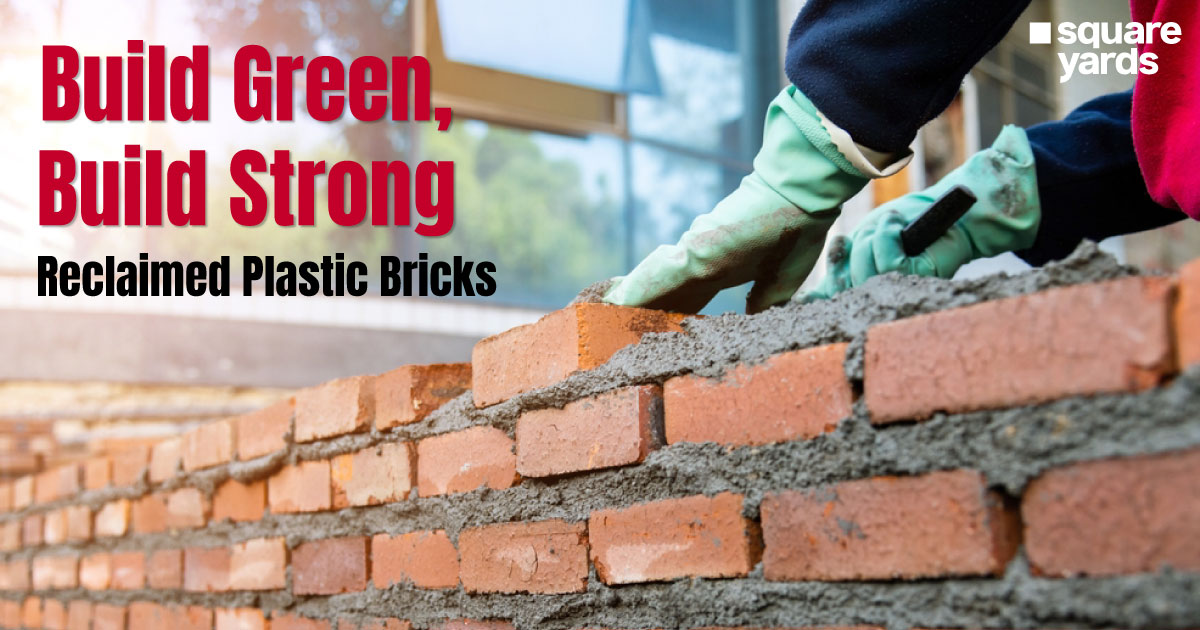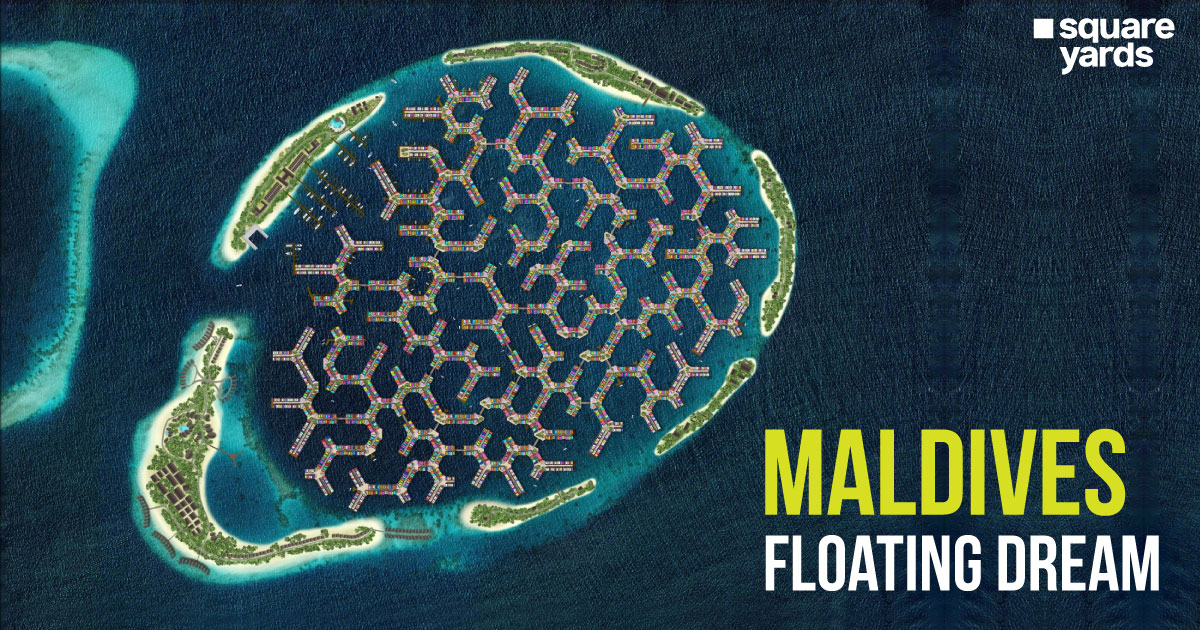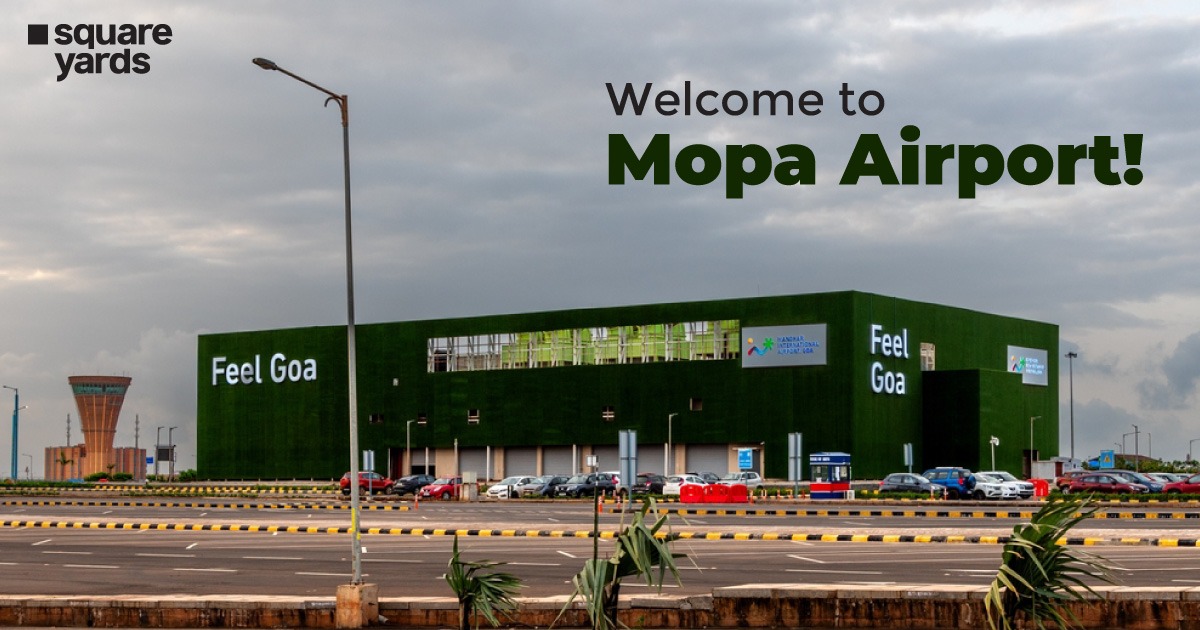Union Minister Nitin Gadkari announced a groundbreaking proposal to introduce 10,000 water taxis for transporting passengers from Mumbai’s distant suburbs to the soon-to-be-opened Navi Mumbai International Airport. Speaking at the ICERP 2025 exhibition, Gadkari highlighted that he had already discussed this innovative idea with Maharashtra Chief Minister Devendra Fadnavis. The proposed water taxi service aims to dramatically reduce travel time, connecting suburbs like Virar and Kalyan-Dombivli to the airport in just 70 minutes. With the Navi Mumbai International Airport set to commence passenger flights in April next year, the introduction of water taxis could significantly enhance connectivity and ease of travel for residents in these areas. The water taxis would specifically connect regions along the Arabian Sea and Thane Creek, providing a much-needed alternative to traditional land transport. Gadkari emphasized the importance of this initiative in improving local transportation infrastructure while also encouraging stakeholders to explore cost-effective methods of utilizing fibre-reinforced plastic (FRP) for constructing these water taxis. This innovative material has gained traction in the shipping industry, and his call to action signifies a push towards sustainable and efficient transportation solutions.
Innovative Transportation Solutions for Mumbai
The introduction of water taxis in Mumbai represents a significant shift in the city’s transportation landscape. With the city’s rapid urbanization and burgeoning population, traditional road networks often face congestion and delays. Water taxis present a viable alternative, leveraging Mumbai’s extensive coastline and waterways to facilitate quicker transit. By reducing travel time to Navi Mumbai International Airport, these water taxis would not only enhance passenger convenience but also contribute to the region’s economic growth. The proposed water taxi service could serve multiple suburbs, including Vasai-Virar and Kalyan-Dombivli, making it easier for residents to access air travel without the stress of traffic. Additionally, the water taxis would alleviate pressure on existing public transportation systems, such as buses and trains, offering a more reliable mode of transport. As the discussions between Gadkari and Chief Minister Fadnavis progress, stakeholders are hopeful that this initiative will come to fruition and set a precedent for future transportation projects.
Construction and Environmental Considerations
Gadkari’s proposal also includes the construction of all 10,000 water taxis using fibre-reinforced plastic (FRP), a material known for its durability and lightweight properties. This choice of material is particularly relevant in the shipping industry, where efficiency and performance are paramount. By utilizing FRP, the water taxis can be designed to withstand the marine environment while also ensuring lower operational costs. Furthermore, the Minister emphasized the need for stakeholders to focus on reducing the material’s costs, making it more accessible for widespread use. The push for sustainable materials aligns with global trends towards eco-friendly transportation solutions, contributing to lower carbon footprints. As the project unfolds, it will be essential to balance the benefits of innovative design with environmental considerations, ensuring that the water taxis operate efficiently without negatively impacting Mumbai’s natural waterways. This holistic approach could serve as a model for future transportation initiatives across the country.
Conclusion
The proposal for 10,000 water taxis in Mumbai marks a pivotal moment in the city’s transportation strategy. It aims to enhance connectivity while addressing urban congestion challenges.
- Water taxis promise reduced travel times to the new airport.
- Innovative use of fibre-reinforced plastic for construction.
- Encourages sustainable transportation solutions in urban areas.
- Strengthens the local economy through improved access.
- Potential to set a precedent for future infrastructure projects.
- Collaboration between government and stakeholders is crucial.






















